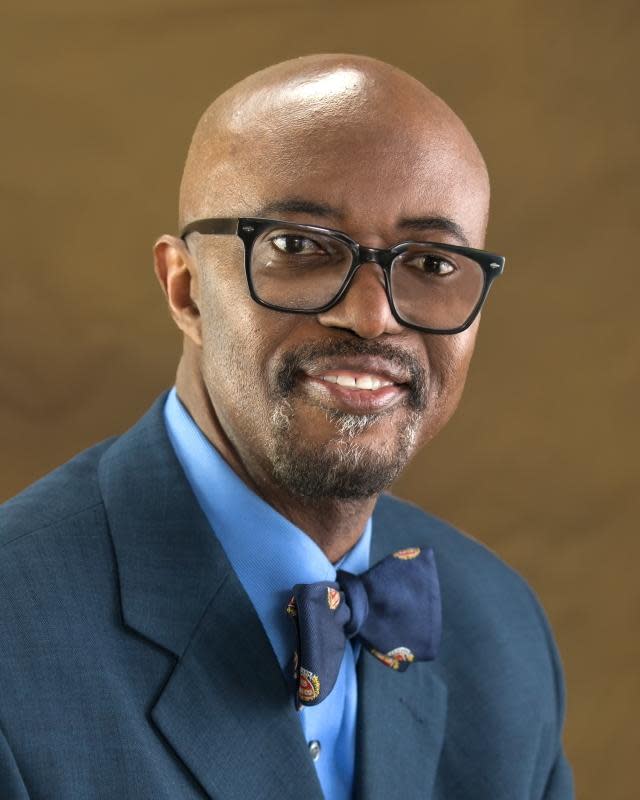Kojo Quartey: Breaking down the U.S. debt

It appears that the debt ceiling issue has been resolved for the next two years. See, I told you! Trying to set politics aside, the two sides came together to ink a bipartisan agreement which will go through 2025.
According to the Associated Press, government spending will be reduced by at least $1 trillion this year. In the agreement, veterans are left whole, non-defense spending stays about the same, and defense spending is also fairly even. Other areas of reduction include, rescission of some unspent COVID-19 funds, expansion of work requirements for the Supplemental Nutrition Assistance Program (SNAP), formerly food stamps, an end to the pause for student loan payments by August, even as student loan relief is before the Supreme Court.
This deal is significant for the entire global economy, because as the world’s largest economy, whatever happens in the U.S. has ripple effects throughout the world. As you have heard me say before, “When America sneezes, the rest of the world catches a cold.” Well, that is not original, but I have said it.
Now that the debt ceiling debate has been put to rest for a couple of more years, I would like to explore the national debt and what it is comprised of. How do we control this debt and keep from being in the same place again in two years? The U.S. government collects money, mostly from taxes, and borrows money to pay its daily expenses. If the amount collected were sufficient, there would be no need to have a debt.
This rapidly growing imbalance between revenues and spending leads to higher and higher annual deficits, and the result is an increasing national debt balance. While almost all other organizations have to balance their budgets, the federal government is not required to. So why be surprised if they keep overspending?
The national debt is now almost $31.5 million, that’s $94,185 for every single American, and it gets worse literally by the second as the National Debt Clock continues to tick.
For the year 2022, government revenues were $4.9 trillion compared to $6.3 trillion in spending. This leads to a deficit of $1.4 trillion. As these annual deficits accumulate each year, they add to our national debt. As our debt continues to climb as a result of continued deficits, our interest on that debt also rises and threatens to overwhelm us. As the treasury borrows more, interest payments rise just as your interest payments rise based on how much you owe. Here’s a stunning statistic: Every day, the U.S. spends over $1.3 billion on interest payments – yes, that is daily! Interest is becoming the fastest growing part of the federal budget. In ten years, interest payments will be almost triple what they are now. Every dollar that goes toward interest payments means less resources available to build a stronger, more resilient economy and it negatively impacts the future.
While the largest single holder of U.S. debt is the U.S. government itself, most of the debt is owed to the public (78%), intragovernmental holdings account for the other 22%. This is money owed by the treasury to other government agencies, such as the Social Security Trust Fund. The amount owed to the public was over $24.5 trillion in 2022. Foreign governments hold a large portion of the public debt, while the rest is owed to U.S. banks and investors, the Federal Reserve, state and local governments, mutual funds, pensions funds, insurance companies, and holders of savings bonds.
Foreign and international investors held over $7.4 trillion. Of these foreign nations, in 2022, Japan was the largest, followed by China, and the U.K. What this means is that a significant percentage of the interest paid is flowing out of the U.S. to these nations to boost their economies. Thank you, America!
It seems simplistic that to make progress here, we need to grow our revenues, reduce expenses or both. Certainly, the government is overspending and tax revenues can be increased. The more in line we bring expenditures and taxes, the less borrowing and the less interest we pay.
Kojo Quartey, Ph.D., is president of Monroe County Community College and an economist. He may be reached at kquartey@monroeccc.edu.
This article originally appeared on The Monroe News: Kojo Quartey: Breaking down the U.S. debt

